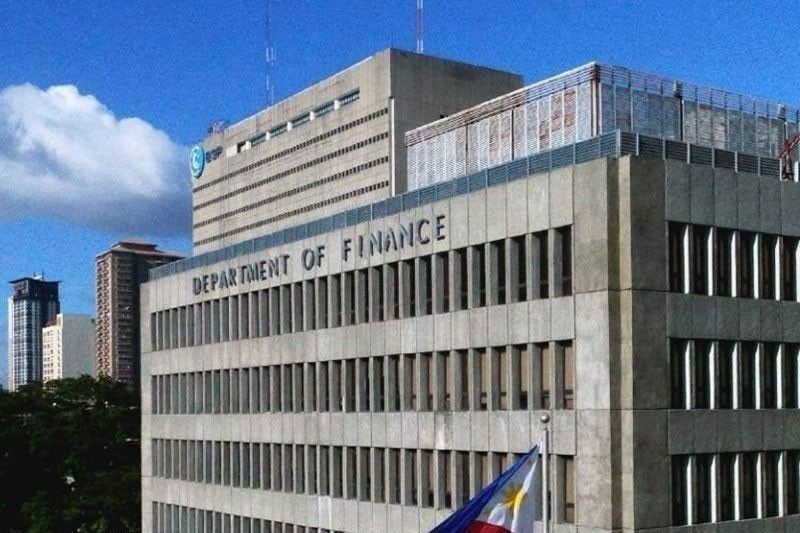New mining applications expected even with new fiscal regime

MANILA, Philippines — The Department of Finance (DOF) expects the government to see more mining applications in this administration even with fresh tax rates as it pushes for a new mining fiscal regime.
Finance Undersecretary and Philippine Extractive Industries Transparency Initiative (EITI) focal person Cielo Magno said the government is banking on latest policies as well as developments in the global market to ramp up the industry.
“I think there will be new applications of mines because we have lifted the moratorium on new mining projects. The country has a very good regulatory regime; complement that with EITI. I think we should be fine if we implement them properly,” Magno told The STAR.
“There will definitely be new applications because the prices of minerals are expected to rise in the next few years,” she said.
Economies are moving toward a greener recovery following the pandemic. Magno said minerals such as nickel and copper, among others, would be vital for technology during a green transition.
“With the recent increase in prices, the sector becomes very, very attractive. But then we have to make sure that the damage is minimized and climate risks are accounted for. So regulation is very important,’’ Magno said.
The DOF has been pushing to reform the mining fiscal regime to achieve simplification, fair share, value-adding and good governance.
While the new regime is expected to provide close to P40 billion in additional revenues, the industry itself has expressed apprehension over the imposition of new taxes.
While there will be an expected increase in the extraction of minerals in the coming years, Magno assured the public that proceeds of additional taxes would be earmarked for sustainable activities.
“It will be nice if companies can consider what they can to contribute to mitigation and adaptation. We have to make sure that when we utilize the money, we return it to the economy to make sure that we support the transition to a greener one,” she said.
Magno said the government is setting a meeting with the mining sector to further discuss the new fiscal regime.
She said the local industry has one of the lowest effective tax rates (ETR) in the world.
Data showed that the Philippines has an ETR of 38.2 percent for gold and 45.3 percent for copper, significantly below the global average of 58.7 percent.
“It has to be modified to make sure that the government gets a fair share in that extraction,” Magno said.
Based on the new regime, the DOF wants to impose a royalty rate of five percent for all large-scale mining operations and provide incremental revenues of at least P5 billion yearly.
This would effectively change the current set-up where only those located inside a mineral reservation are subject to this royalty payment.
Such a move is also supported by the Mines and Geosciences Bureau (MGB), adding that a royalty payment for non-metallic minerals extracted within or outside mineral reservations should also be imposed.
The DOF is also pushing for a rationalized and single fiscal regime applicable to all large-scale metallic mines, regardless of location.
This addresses the complexity of the current fiscal regime which depends on whether the mine is operating in a mineral reservation and whether it is operated under a Mineral Production Sharing Agreement (MPSA) or a Financial or Technical Assistance Agreement (FTAA).
In terms of value-adding, the DOF is proposing a 10-percent export tax on the gross value of mineral ore to encourage downstream and proper valuation of minerals. Currently, there is no duty on unprocessed export of minerals.
Current mining tax policies in the country include a 25 percent corporate tax, four percent excise tax of gross value, and five percent mineral royalty inside mineral reservation areas, as well as 50:50 mode of sharing between government and mining proponents under an FTAA.
Right now, the industry is contributing a measly 0.7 percent to the economy, one percent to state revenues and 4.8 percent to total exports.
Last year, gross production value was at P224 billion with taxes, fees and royalties amounting to P39 billion.
- Latest
- Trending





























